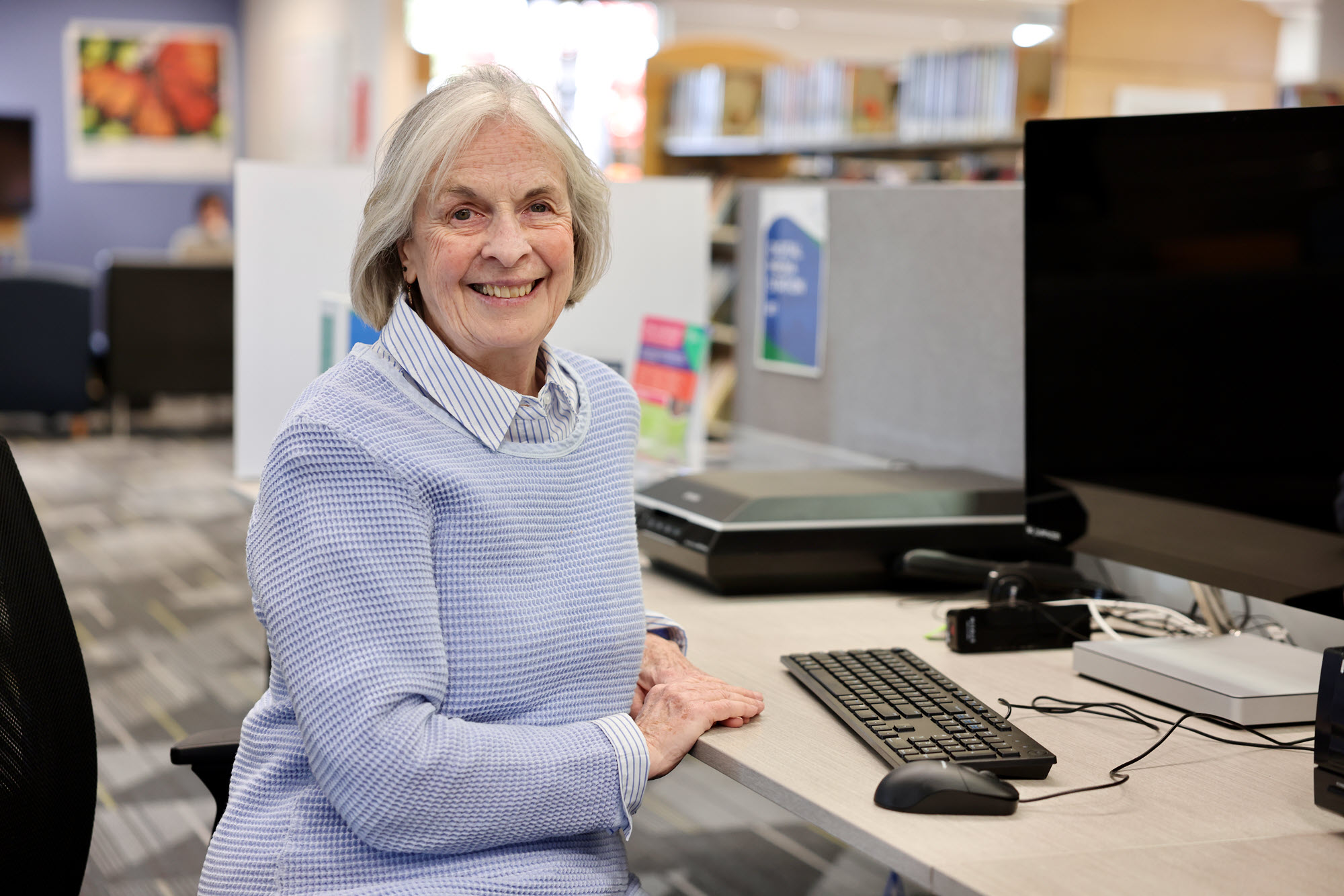After years living abroad, Dianne Basso eagerly anticipated joining a library when she moved to Colorado in 2011. A lifelong reader, she’d previously lived in countries where English wasn’t the official language, making libraries inaccessible. She joined three library systems near Denver and quickly became a regular, attending events, learning about online security, and taking refugee families’ children to the library’s children’s section.

Basso regularly visits the library for assistance with printing, scanning, and troubleshooting her phone and computer. Recently, the Arapahoe Libraries’ digital media librarian helped her digitize old family photos and movies, including a cassette recording of a conversation between her late mother and aunt. It’s the only recording Basso has of her mother’s voice.
“I was thrilled to learn how easy it is to use the library,” Basso says. “They do a lot of amazing things, and I love it all. I’m usually there at least once a week.”
Basso’s experience highlights an ambitious effort by Arapahoe Libraries, serving over 270,000 patrons in Colorado’s third-largest county. The library system is reimagining the role of libraries in a digital age, adopting AI and other technologies to improve operations and increase community impact.
With approximately 360 employees, Arapahoe Libraries operates eight community libraries, a bookmobile, and a library at the county detention center. Its growing array of services includes online learning courses, English classes, personalized business support, and library lending machines throughout the community. Patrons can use makerspaces to 3D print items and work on DIY projects, with video games soon to be available for checkout.
Arapahoe Libraries also aims to be the first library system in the nation to offer AI-equipped PCs for checkout by government agencies and businesses. These computers will have a local AI environment, allowing organizations to load their data, run AI tools, and then wipe the machine clean upon return. Because the machines are “air-gapped” – not connected to the internet – data remains local, ensuring privacy.
Plans are underway to transform Arapahoe Libraries’ former administration building, unused during the pandemic, into a modern community meeting space. The revamped facility, scheduled to open in 2025, will have co-working and meeting spaces (free to reserve), a cafe, a podcasting studio, and an incubator program for start-ups to demo and test new software.
“It’s sort of our vision of the library of the future, if you will,” says Anthony White, director of innovation and technology for Arapahoe Libraries. “We now have new opportunities to provide access to so many services and resources that folks would have never imagined previously with the library.”

Like many organizations, Arapahoe Libraries’ opportunities – and challenges – were rooted in the pandemic-driven move to online collaboration. In 2020, White says, the organization had many disconnected systems. Employees primarily communicated via email, and some used different chat functions. To solve this, Arapahoe Libraries adopted Microsoft Teams as a base technology, providing employees with video conferencing, calling, and chat in one place. They also moved the entire phone infrastructure to Teams.
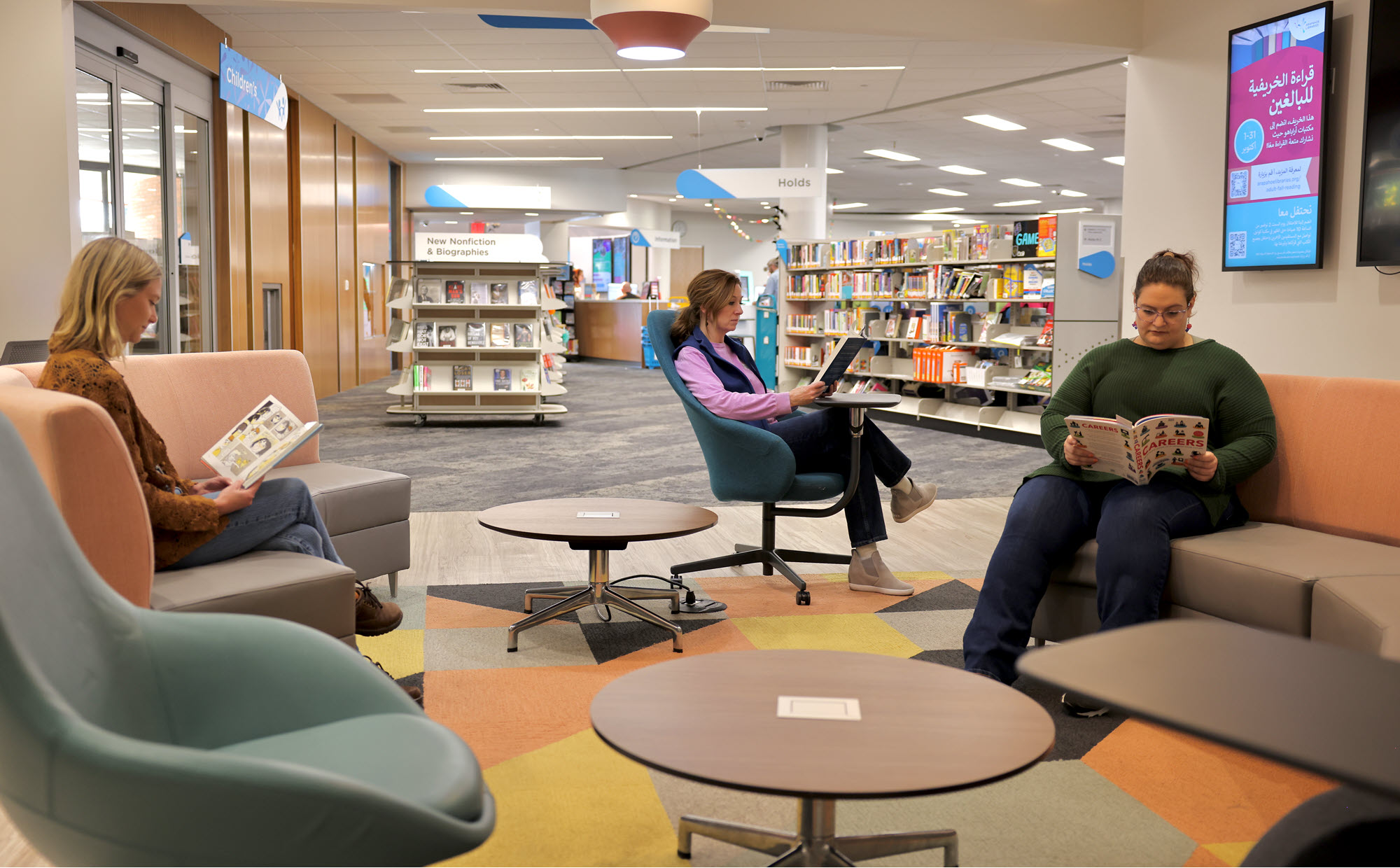
Chats soon replaced cumbersome email threads, and staff began connecting better across departments. Employees at the call center could quickly forward inquiries from patrons and staff no longer needed to be at a branch to use the library’s phone system by using Teams.
Teams chat has made collaboration easier, says Carrie Jost, Arapahoe Libraries’ director of creative spaces. She points to a new digital media station initiative started over Teams chat.
“Previously, that would have been a meeting, which we would have had to schedule weeks ahead to carve out the time for everybody to get together and have the conversation,” Jost says.
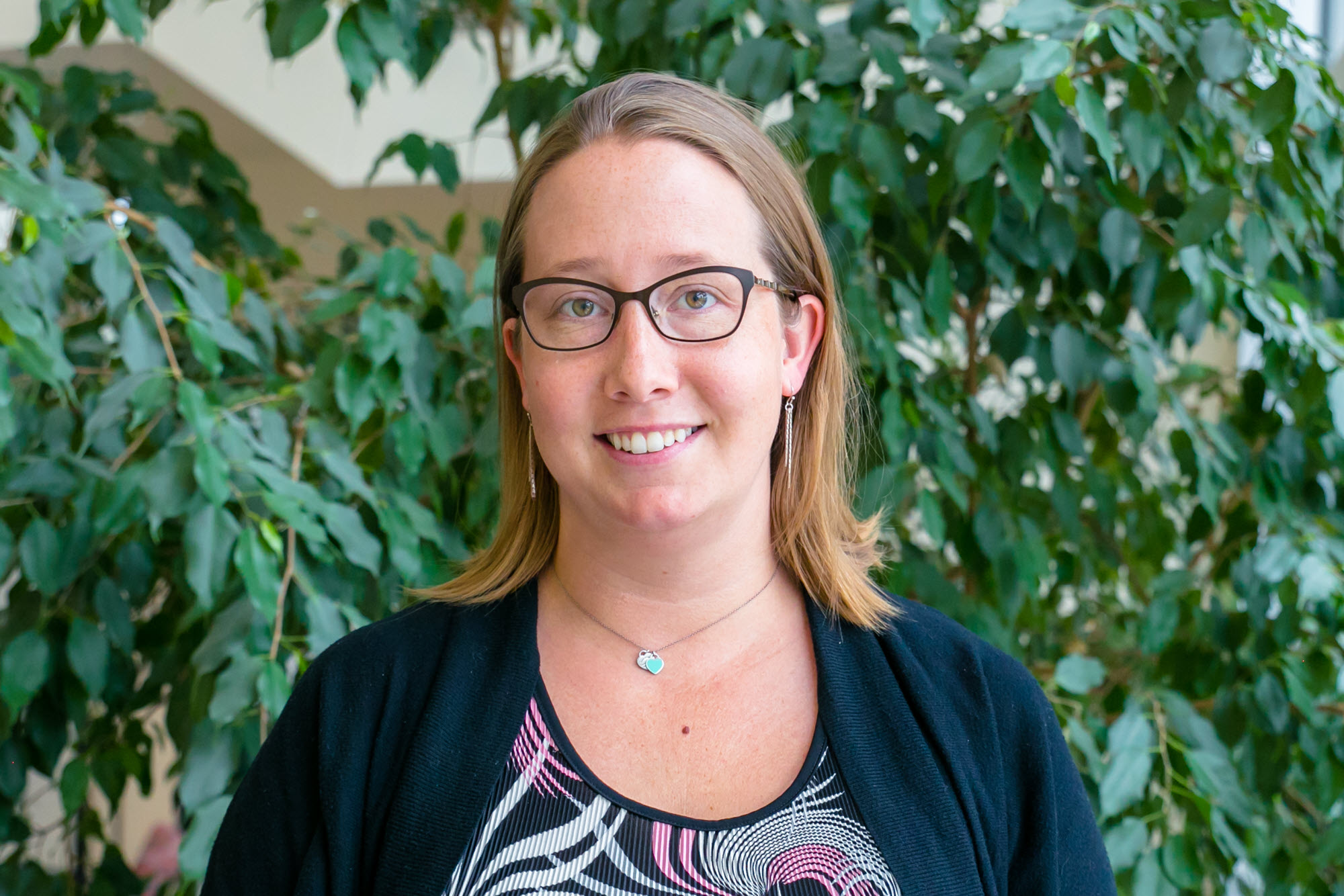
“Chat lets us facilitate a conversation that allows people to weigh in, give their opinions, ask questions and come to a consensus about next steps. It really saves a lot of time.”
Employees are also using the Viva Engage app in Teams to share happenings at their branches. One employee posted about her branch’s 10th-anniversary celebration, complete with cake. Others shared photos from a cooking class celebrating Hispanic Heritage Month. The platform gets new posts daily, Jost says, and strengthens workplace culture among employees across a wide geographic area.
“It’s really fun to see what’s going on out there, and that makes us feel connected to all the different library branches,” she says. “It’s really encouraging, and it’s a good reminder that everybody who works here is such an interesting and creative person and they have so much to offer.”
Becky Taylor, Arapahoe Libraries’ library materials services supervisor, uses Microsoft’s Planner app in Teams to manage her busy calendar and the workflow for preparing new items for circulation. The organization’s “Library of Things” collection includes items like games, robotic devices, and tools, which must be tested, photographed, cataloged, labeled, accompanied with instructions, and properly packaged – a process that typically involves five or six employees.
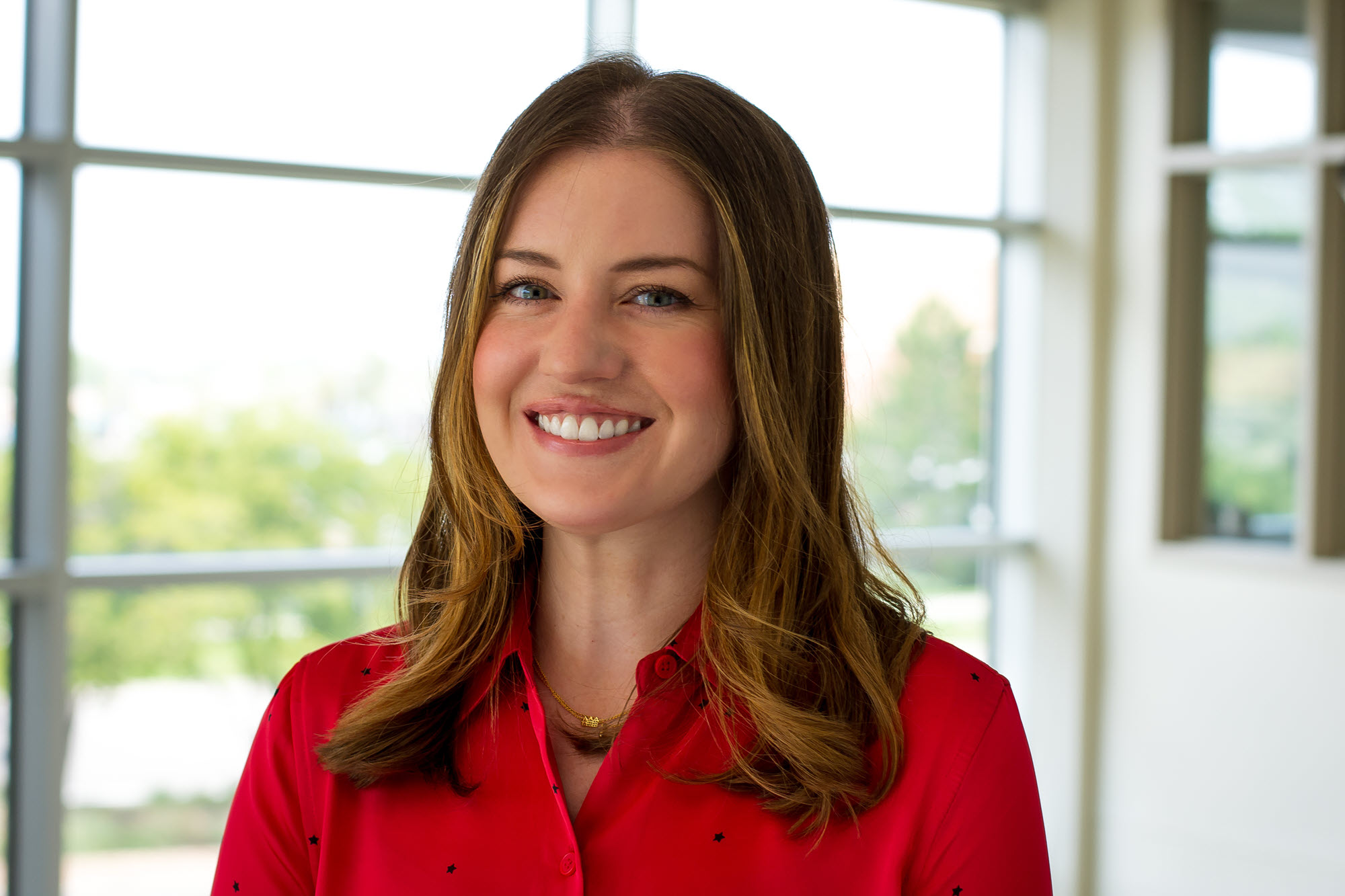
“It requires a lot of collaboration to figure out how to circulate those items in a library,” Taylor says. “We use Planner to organize that.”
Arapahoe Libraries’ adoption of Teams is part of a larger digital strategy to manage data and refine operations. The organization is also implementing other Microsoft technologies, including Power Automate, Fabric, Viva Glint, Viva Pulse, and Dynamics 365. After implementing Teams, Arapahoe Libraries created a custom copilot to help employees navigate the organization’s lending services manual, which details processes for all types of loans and use cases.
Employees, instead of combing through the 300-page manual, can now ask the copilot for help with an interlibrary loan or checking out a board game. This has reduced the time to get an answer from five minutes to about 15 seconds, White says, and improved interactions with patrons.
“A lot of people who are coming in, they get to know our staff members and our staff members get to know them. They share updates about their lives,” White says. “The more you can reduce what feels like transactional time, the more we improve that human connection, which to me improves customer service.”

Arapahoe Libraries created another custom copilot for its ticketing system, used by staff to report issues – from a burnt-out light bulb to a cataloging error – handled by the organization’s facilities, IT, communications, and collections departments. Taylor says the copilot has sped up issue resolution by collecting all required information when a ticket is filed.
“We were able to really customize it to have it ask for all the details we need to fix the issue,” says Taylor. “That really cut down on back-and-forth communication. We’ve been able to close tickets faster.”
As e-books and connected devices have become common over the past 15 years, public libraries have continued to evolve from what White calls a “brand of shushing and books on the shelf” to community hubs serving a wide array of needs. Arapahoe Libraries offer resume writing assistance, English conversation groups, and free technology help. Earlier this year, the libraries held a prom clothing swap where teens could acquire prom outfits at no charge.

The organization’s community resource specialists connect people with services like food stamps and housing. The county detention center is near Arapahoe Libraries’ future co-working space, where former inmates can access tech assistance and support with tasks like printing documents.
White states that while the ways the organization serves people have changed, its core principles have not.
“It’s really about equity of access, making sure we are lifting up all members of our community and providing as many services, spaces, and opportunities as possible within our community,” he says.
The library attracts patrons like Jean Temple, who grew up around libraries. Her father served on a Colorado library board, and her first job at 14 involved repairing and reshelving books at a public library.
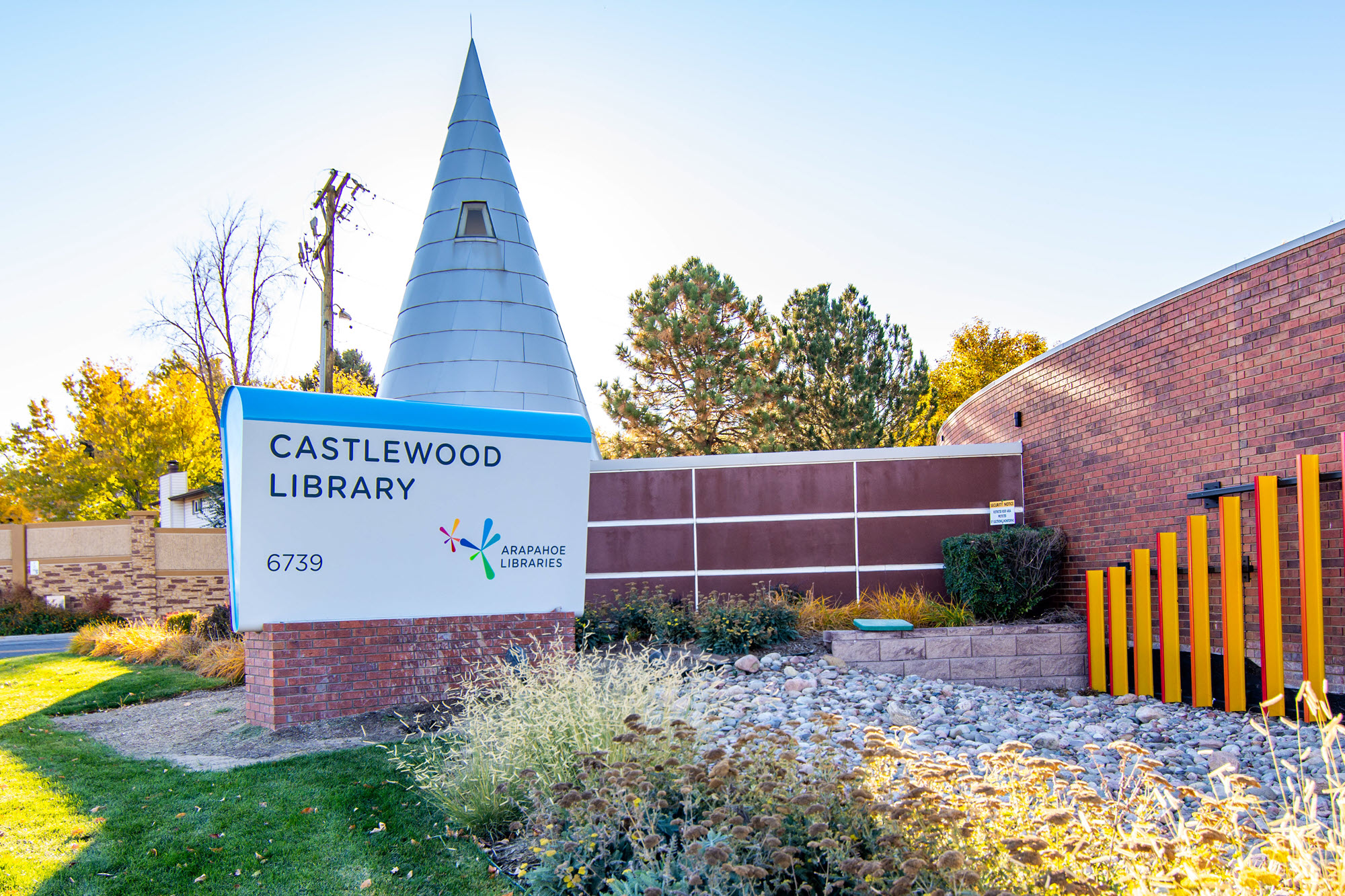
Temple’s library visits decreased after she began a career and had a child. By 2023, she was retired and had time to think about the old U-matic video tape recordings she inherited from her brother, who died in 2005. Arapahoe Libraries helped Temple convert her brother’s recordings to a flash drive, enabling her to watch them at home.
Temple enjoys discovering what Arapahoe Libraries offers, including the ability to browse the newspaper without a subscription or grab a coffee at one of its two cafes.
“I hadn’t been into the library in a while, and I was pretty impressed with what they had,” she says. “It is really cool.”


